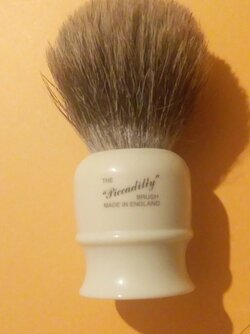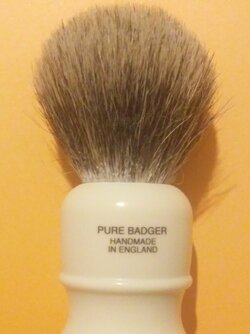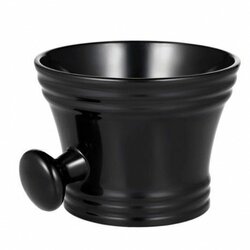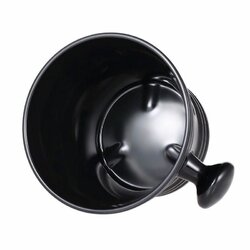Just curious if you there is a limit to how many times a year one should thoroughly clean their brushes, specifically animal fur brushes?
I see YTers say once or twice a year, but let's say you wash it with dawn and condition (hair conditioner) it every couple months, would that damage the brush?
I see YTers say once or twice a year, but let's say you wash it with dawn and condition (hair conditioner) it every couple months, would that damage the brush?










